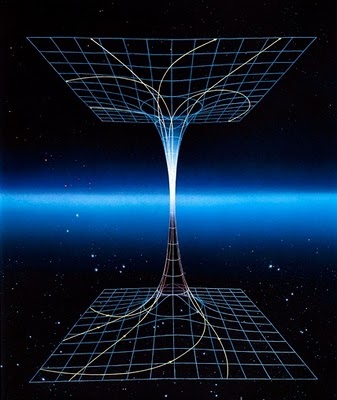Imagine that there exist 2 cabinets.
The first cabinet we call the perceived reality.
The second cabinet we call the holographic universe.
People usually assume that you need a device which samples the holographic universe to make your predicted results converge into the perceived reality.
A lot of devices claim they measure deviations in supposedly random processes and deduce meaning from this unstable pattern (these devices make use of a RNG, a Random Number Generator, these are called Radionic devices). Fact is that you can only work with what you can perceive, you have to deduce the state of the holographic universe by it’s projection into the perceived reality.
Everything present in the first cabinet has information about it’s place and time, and we can retrieve this information with varying precision.
But it is impossible to directly retrieve information from the second cabinet.
Luckily there exists a relation between the 2 cabinets.
The universe obeys certain mathematical principles. These mathematical principles are independent of the scale of a phenomenon. This is called ‘scale invariance’. If something looks the same at all scales, we call the structure with this self-similarity a fractal. If we can divide this fractal in multiple parts and each part represents the whole structure, we call this structure a hologram. The hologram has the property that changing such a single part of this hologram will change the complete hologram.
We can construct index cards in the perceived reality cabinet which reference information in the holographic cabinet. We call this symbolic link a holographic token which allows us to access the holographic universe. You could say the holographic token is entangled with the subject which is represented by a digital note.

